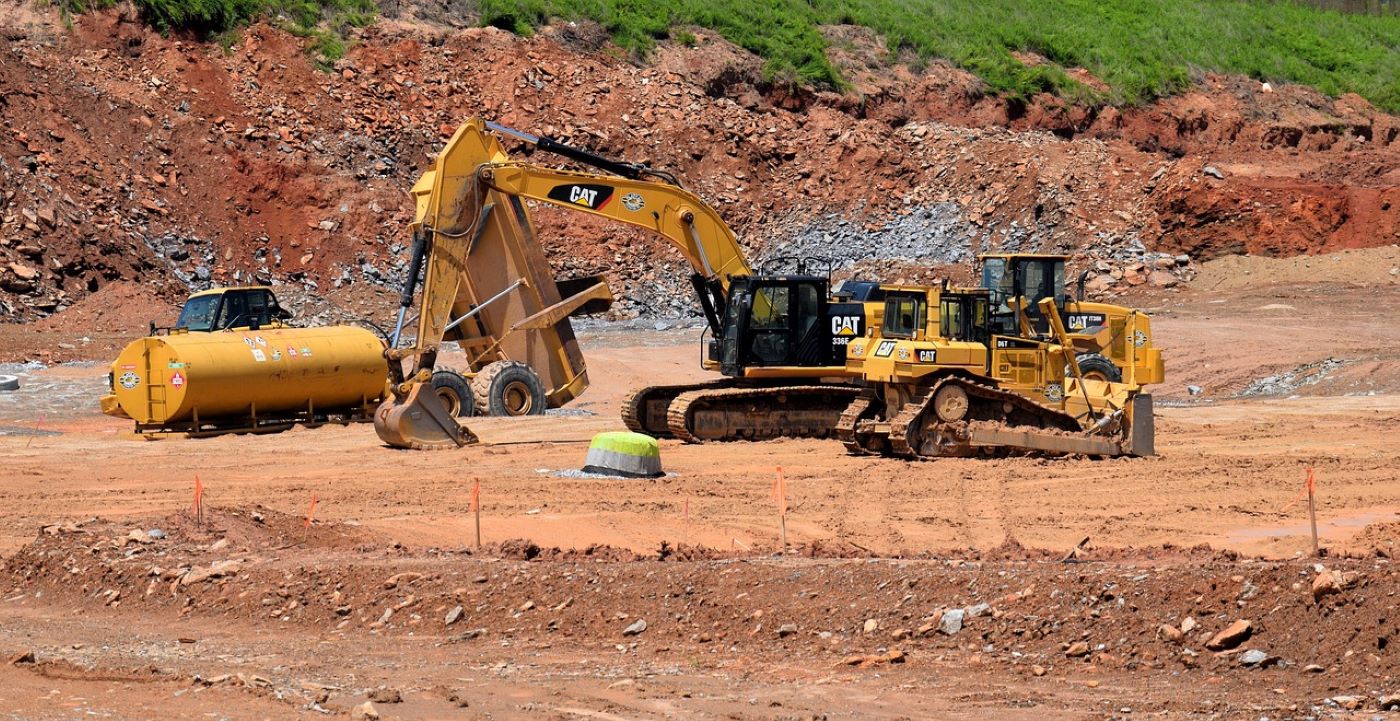
Construction BMP Guide: C101 Preserving Natural Vegetation
The purpose of preserving natural vegetation is to reduce erosion wherever practicable. Limiting site disturbance is the single most effective method for reducing erosion. For example, conifers can hold up to about 50% of all rain that falls during a storm. Up to 20% to 30% of this rain may never reach the ground but is taken up by the tree or evaporates. Another benefit is that the rain held in the tree can be released slowly to the ground after the storm.
*The contents of this guide are to provide a general overview only. It is the user’s responsibility to ensure all BMPs utilized on their project meet the requirements of their state and local jurisdictions.

Installation:
- Fence or clearly mark areas around trees that are to be saved. It is preferable to keep ground disturbance away from the trees at least as far out as the dripline.
- Prevent construction equipment from damaging vegetation, roots, or compacting the soils near native vegetation
- Keep fill and grade changes to a minimum near native vegetation. Trees can tolerate fill up to 6 inches, shrubs and other plants tolerate less.
- Minimize cuts around trees and shrubs you wish to preserve. Cuts of only 2-3 inches can cause serious injury.
- Route trenches and other excavations around trees to avoid damaging roots when possible. When not possible, it is best to tunnel under them.
- If a root becomes cut, cut it clean and coat the cut end with a wood dressing like asphalt base paint if the roots will be exposed for more than 24 hours.

Maintenance:
- Ensure fencing and flagging used to mark areas that are to be preserved are clearly visible and have not been damaged or removed. Repair and replace any damaged, missing, or non-visible flagging or fencing
- Prune any injured roots cleanly with a pruning saw or loppers directly above damaged roots and recover with native soils.



